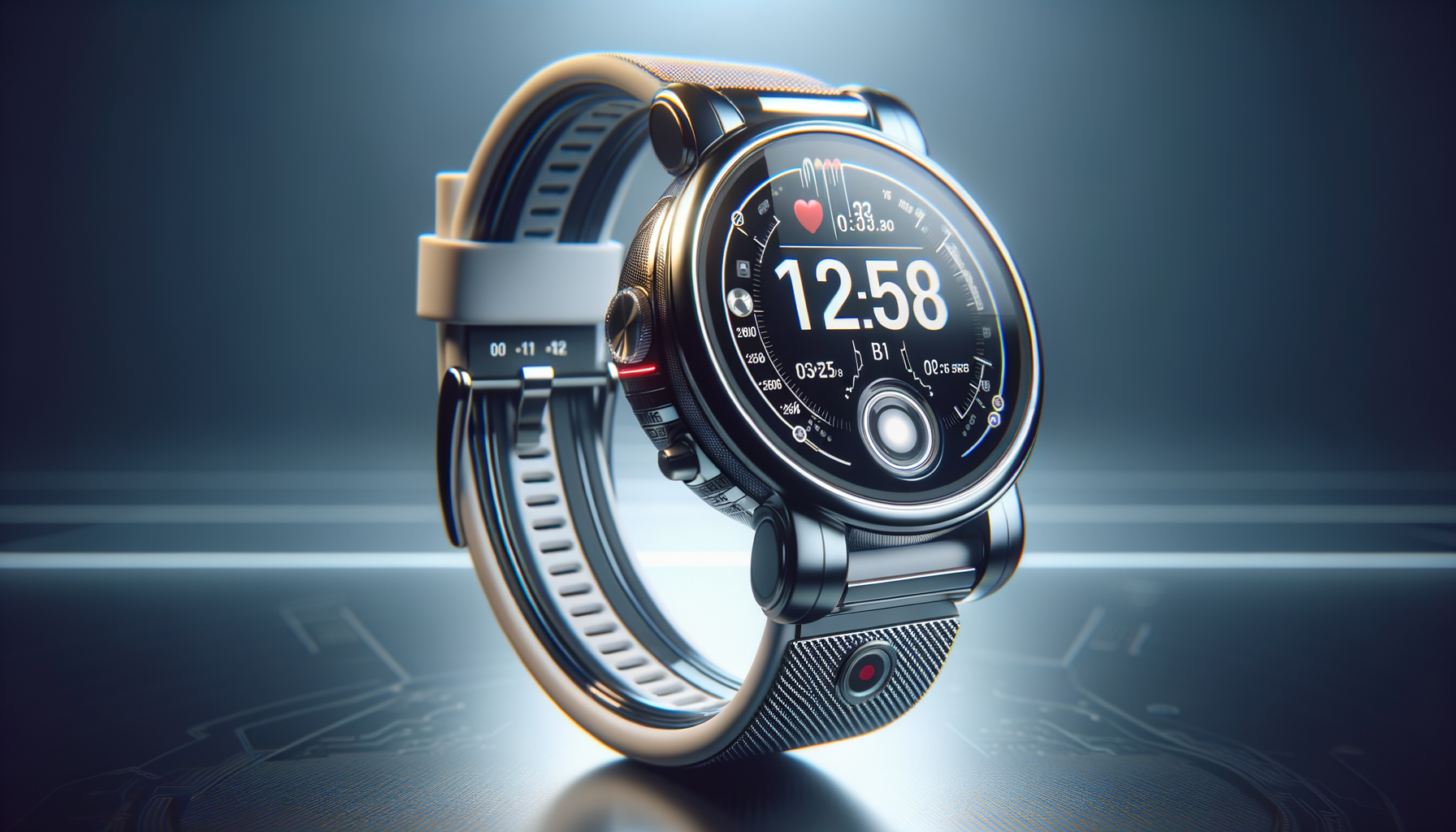
Innovative Blood Glucose Monitoring: Explore Smartwatch Technology
Introduction to Smartwatch Blood Sugar Monitoring
The realm of diabetes management has seen a transformative shift with the introduction of smartwatch blood glucose monitoring technology. Traditionally, managing blood sugar levels required frequent finger pricks, a process that is not only uncomfortable but can also be inconvenient. However, with the advent of smartwatches equipped with blood sugar monitoring capabilities, individuals can now track their glucose levels continuously and non-invasively. This innovation is particularly beneficial for those who require regular monitoring, offering them a seamless way to keep their health in check.
These smartwatches utilize advanced sensors to provide real-time data, allowing users to make informed decisions about their diet, exercise, and medication. The integration of such technology into everyday devices marks a significant step forward in personalized healthcare, enhancing the quality of life for millions worldwide. In this article, we will delve into the various aspects of smartwatch blood glucose monitors, exploring their features, benefits, and the future of this burgeoning field.
How Smartwatch Blood Glucose Monitors Work
Smartwatch blood glucose monitors operate using cutting-edge technology that leverages optical sensors to measure glucose levels. These sensors emit light into the skin, and by analyzing the light that is reflected back, they can estimate blood sugar levels. This method, known as photoplethysmography, is non-invasive and can be conducted continuously, providing users with a comprehensive view of their glucose trends throughout the day.
One of the primary advantages of this technology is its ability to provide alerts and notifications. Users can set thresholds for their glucose levels, and the smartwatch will notify them if their levels fall outside the desired range. This proactive approach allows individuals to address potential issues before they escalate, reducing the risk of complications associated with diabetes.
Additionally, these devices often sync with smartphone apps, providing detailed reports and analytics. This data can be shared with healthcare professionals, enabling more informed consultations and personalized treatment plans. The convenience and accessibility of smartwatch glucose monitors make them an attractive option for anyone looking to manage their diabetes more effectively.
Benefits of Using a Blood Sugar Monitor Watch
The benefits of using a blood sugar monitor watch are multifaceted, extending beyond mere convenience. One of the most significant advantages is the reduction in the need for traditional finger-prick tests. This not only alleviates discomfort but also encourages more frequent monitoring, leading to better overall diabetes management.
Moreover, these devices empower users with real-time data, fostering a greater understanding of how lifestyle choices impact their glucose levels. For instance, users can observe how different foods, physical activities, or stress levels affect their blood sugar, allowing them to make informed decisions about their health.
Another notable benefit is the integration of wellness features. Many smartwatches come equipped with additional health monitoring capabilities, such as heart rate tracking, sleep analysis, and exercise tracking. This holistic approach to health management ensures that users can maintain a balanced lifestyle, ultimately contributing to improved diabetes control.
- Continuous glucose monitoring without invasive procedures
- Real-time alerts for proactive health management
- Comprehensive health tracking features
Challenges and Considerations
While smartwatch blood glucose monitors offer numerous benefits, there are challenges and considerations to keep in mind. One of the primary concerns is the accuracy of the readings. Although the technology has improved significantly, it may not yet match the precision of traditional blood glucose meters. Users should be aware of this limitation and consider corroborating their smartwatch data with standard testing methods, particularly when making critical health decisions.
Furthermore, the cost of these advanced devices can be prohibitive for some users. While prices are expected to decrease as the technology becomes more widespread, the initial investment may be a barrier for many. It is essential for potential users to weigh the benefits against the costs, considering their individual needs and circumstances.
Privacy is another consideration, as these devices collect sensitive health data. Users should ensure that their smartwatch and associated apps comply with data protection regulations and that they are comfortable with the level of data sharing involved.
- Accuracy compared to traditional methods
- Cost considerations
- Data privacy and security
The Future of Blood Glucose Monitoring Technology
The future of blood glucose monitoring technology is promising, with ongoing advancements poised to further revolutionize diabetes management. Researchers are continually working to enhance the accuracy and reliability of non-invasive monitoring methods, aiming to bring them on par with conventional techniques.
One exciting development is the potential integration of artificial intelligence (AI) to predict glucose trends and provide personalized health recommendations. By analyzing historical data, AI algorithms can offer insights into potential future glucose fluctuations, enabling users to take preemptive actions.
Additionally, the expansion of telemedicine services is likely to complement the use of smartwatch glucose monitors. With remote consultations becoming more prevalent, the ability to share real-time health data with healthcare providers can facilitate more comprehensive and personalized care.
As technology continues to evolve, the accessibility and affordability of smartwatch blood glucose monitors are expected to improve, making them a viable option for a broader audience. This progression holds the potential to significantly enhance diabetes management, improving health outcomes and quality of life for individuals worldwide.
Conclusion: Embracing the Future of Diabetes Management
The advent of smartwatch blood glucose monitors represents a significant leap forward in diabetes management. By offering continuous, non-invasive monitoring, these devices empower individuals to take control of their health with unprecedented ease and accuracy. While challenges remain, the ongoing advancements in technology and healthcare integration promise a brighter future for those managing diabetes.
As the technology becomes more accessible and refined, it is poised to become an indispensable tool in the fight against diabetes, providing users with the insights and support they need to lead healthier, more informed lives. Embracing these innovations is not just about convenience; it is about enhancing well-being and transforming the way we approach chronic disease management.


